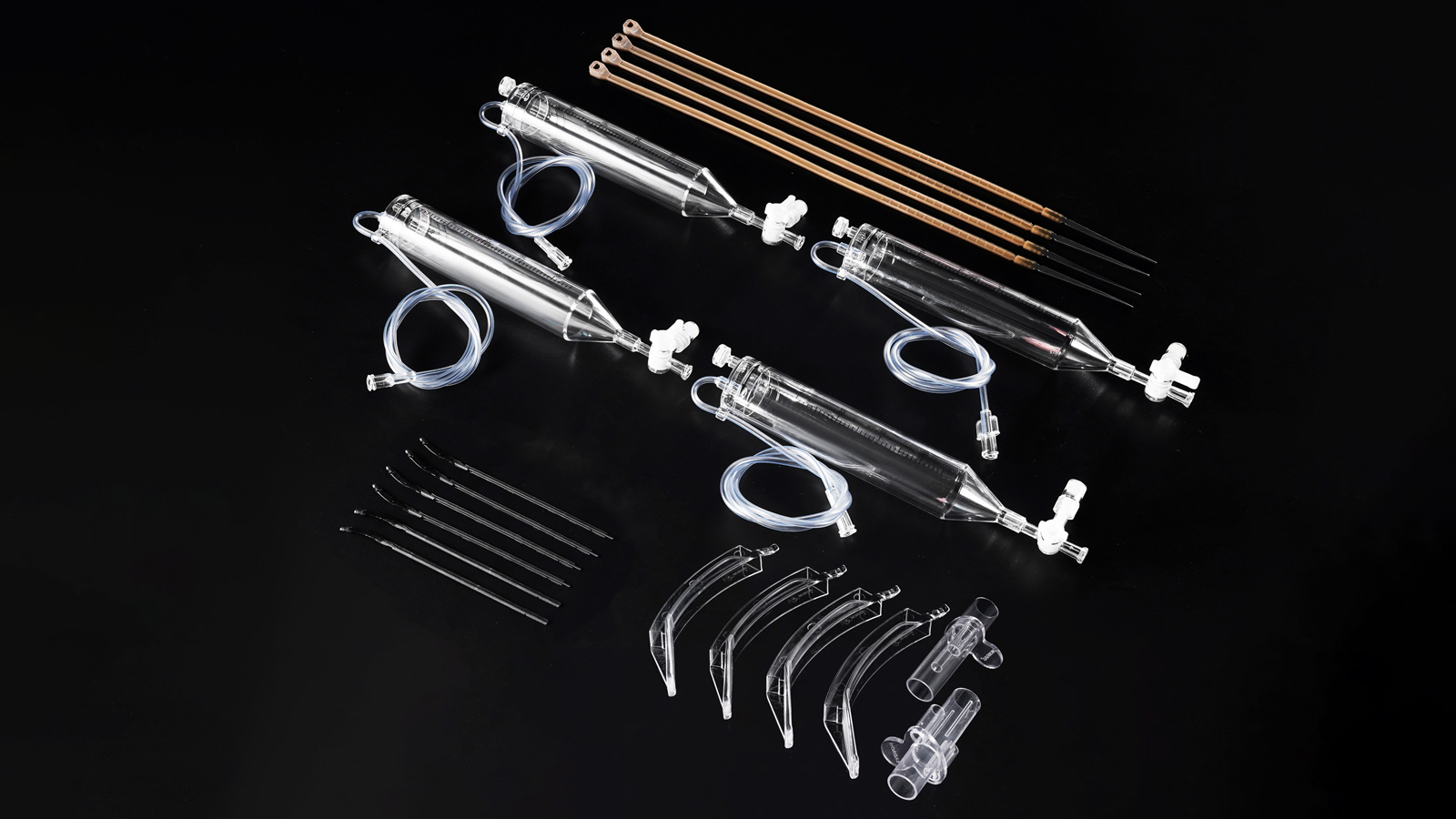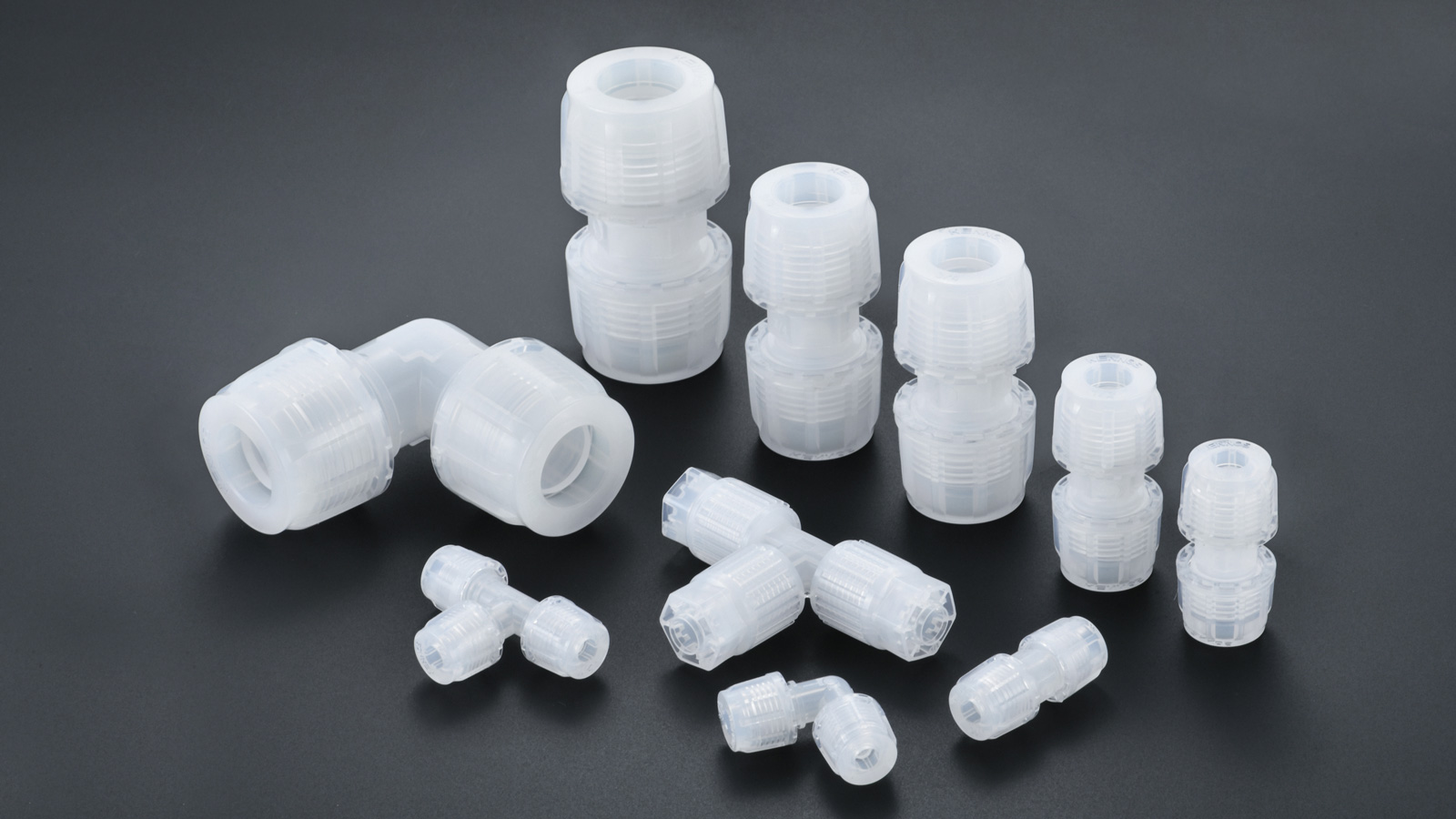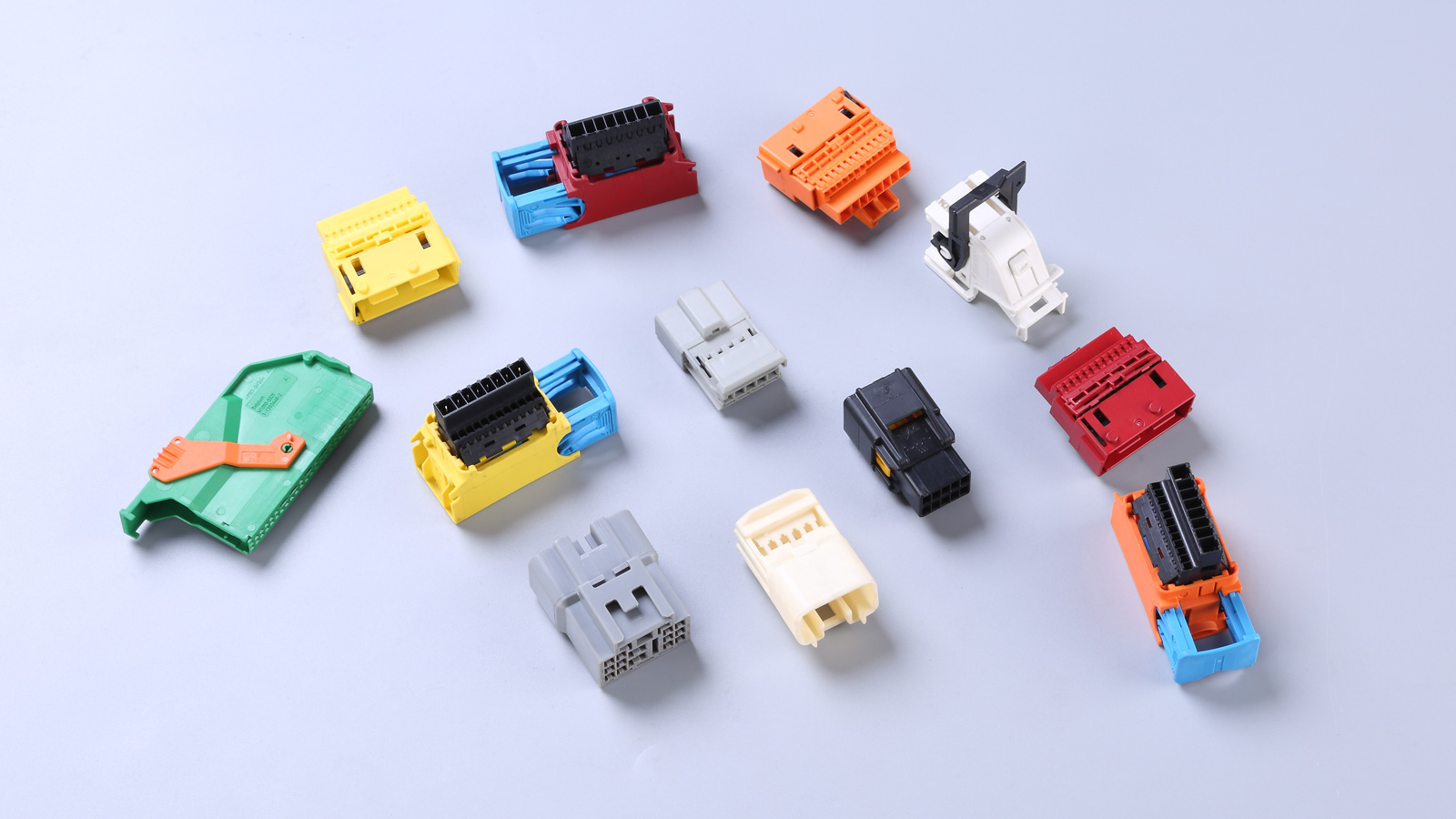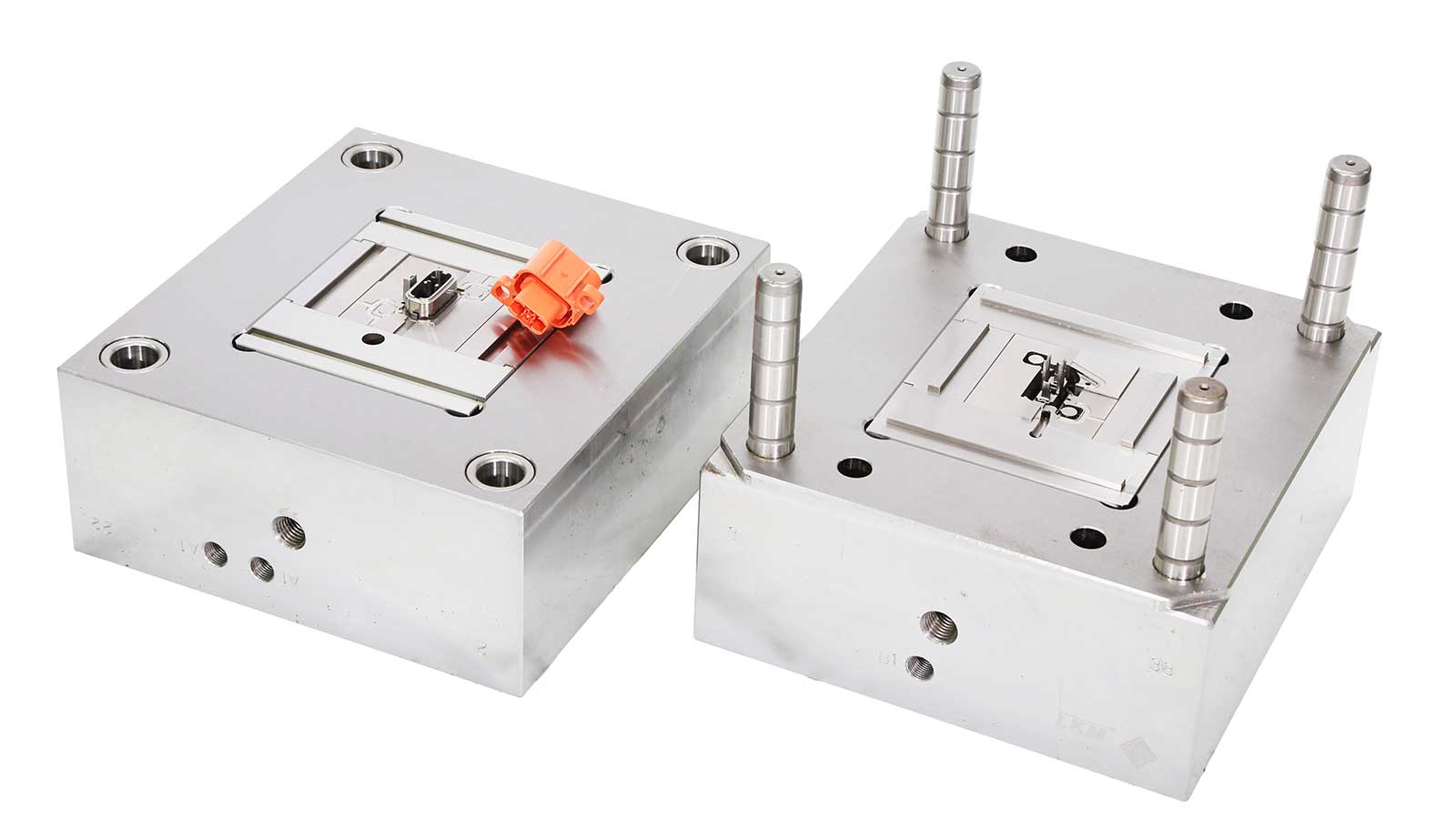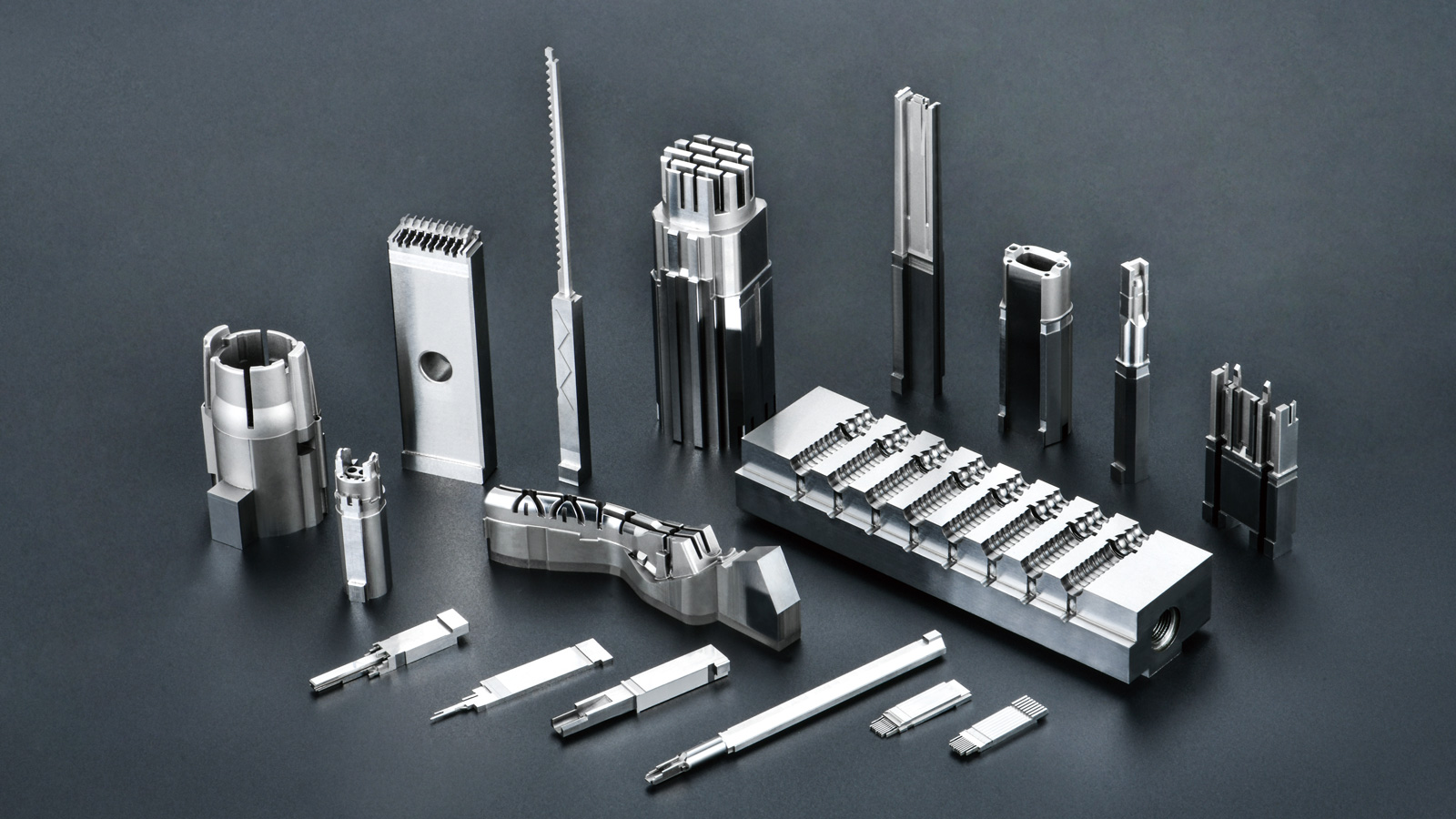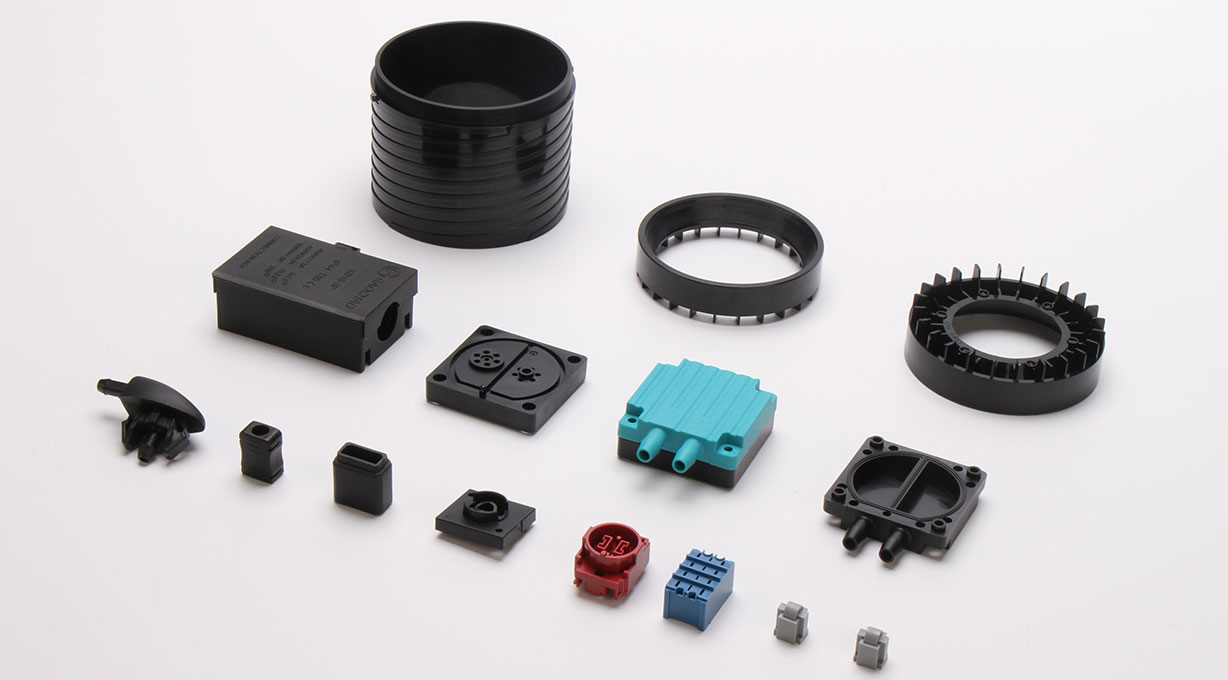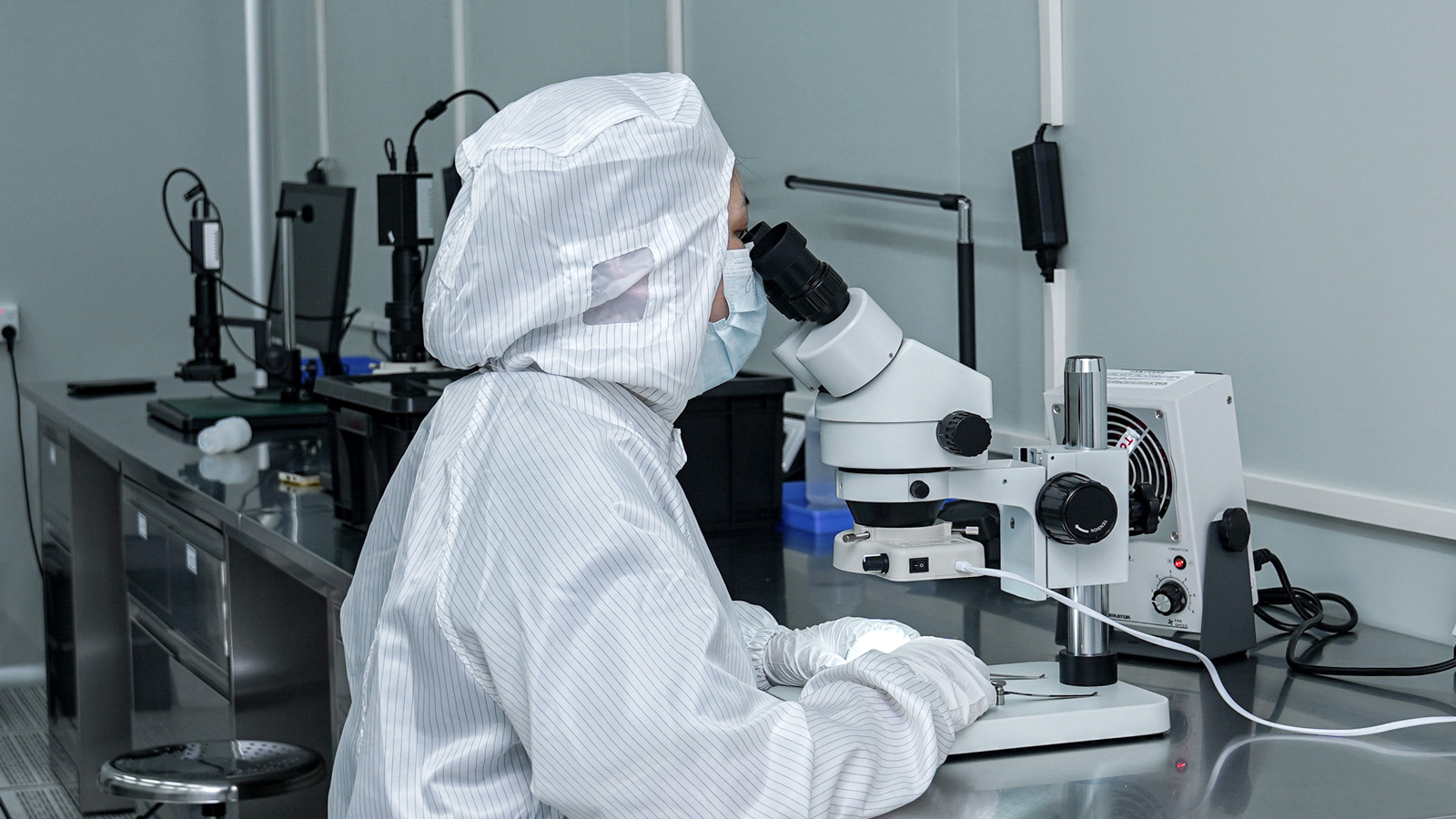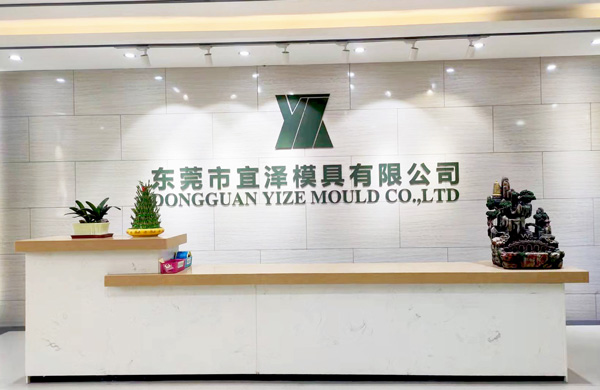When it comes to mass-producing high-quality and consistent products, injection molding shines like a bright star, becoming the preferred solution in many fields. Especially in the automotive industry, where consistency, safety, and quality are regarded as the lifeblood, injection molding has secured a key position as one of the main methods for molding plastic automotive parts. So, where exactly is it applied in the automotive industry?
Engine Cover Components: A Glamorous Transformation from Metal to Plastic
Looking back more than two decades ago, many engine cover components in automobiles were predominantly made of metal. However, with continuous technological innovation and cost considerations, many metal parts have gradually been replaced by plastic products. In this transformation, common plastic materials such as ABS, nylon, and PET have become the “protagonists.”
Compared with metal parts, plastic parts are like light dancers, reducing the weight of automobiles and thereby improving fuel efficiency. At the same time, in terms of cost, plastic parts also demonstrate strong competitiveness, saving significant expenses for automobile manufacturers. For example, the internal support structure of the engine cover in some high-end vehicle models, made of high-strength nylon through injection molding, not only meets the structural strength requirements but also reduces the weight by nearly 30% compared with traditional metal structures, while reducing the cost by about 20%.
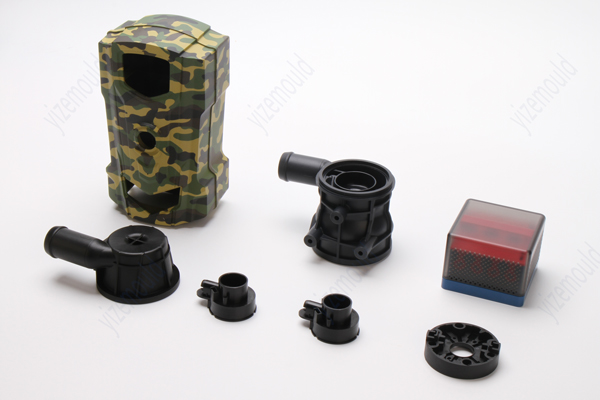
External Automotive Parts: A Sturdy Fortress of Durability and Protection
Injection molding plays a pivotal role in the field of external automotive parts. Numerous components such as fenders, grilles, bumpers, door panels, floor rails, and light housings are all carefully “sculpted” through injection molding.
Take the splash protector as an example. It acts as a loyal guardian of the automobile, constantly protecting the vehicle from road debris and minimizing the damage caused by splashes. These components are usually made of rubber or other durable materials through injection molding, possessing excellent durability and impact resistance. In harsh road conditions, splash protectors can withstand the impact of gravel and the erosion of mud and water, always standing guard to provide reliable protection for the automobile. According to actual tests, high-quality splash protectors can still maintain good protective performance without significant damage or aging after tens of thousands of kilometers of driving.
Internal Automotive Parts: Exquisite Embellishments for Comfort and Aesthetics
Step into the interior of an automobile, and you’ll find the “footprints” of injection molding everywhere. Instrument components, interior surfaces, dashboard panels, door handles, glove compartments, air vents, and other seemingly ordinary yet indispensable parts are mostly products of injection molding.
Moreover, decorative plastic elements also showcase unique charm with the help of injection molding. They can add a touch of fashion and personality to the automobile interior, meeting consumers’ demands for aesthetics and comfort. For instance, the dashboard decorative strips in some luxury vehicle models, made of high-gloss ABS material through injection molding and undergoing fine surface treatment, present a piano-paint-like texture, creating a luxurious atmosphere inside the vehicle. At the same time, the designs of these decorative elements are also more diverse and can be customized according to the styles of different vehicle models, making each automobile have a unique interior space.
Injection molding’s applications in the automotive industry are like a colorful画卷 (the Chinese term is kept here for its artistic sense; a more common English equivalent could be “tapestry”). From engine covers to external body parts and then to the interior space, it showcases its excellent performance and infinite potential everywhere. With the continuous development of the automotive industry, injection molding technology will also keep innovating, bringing more possibilities to automobiles and leading us towards a brighter future.
